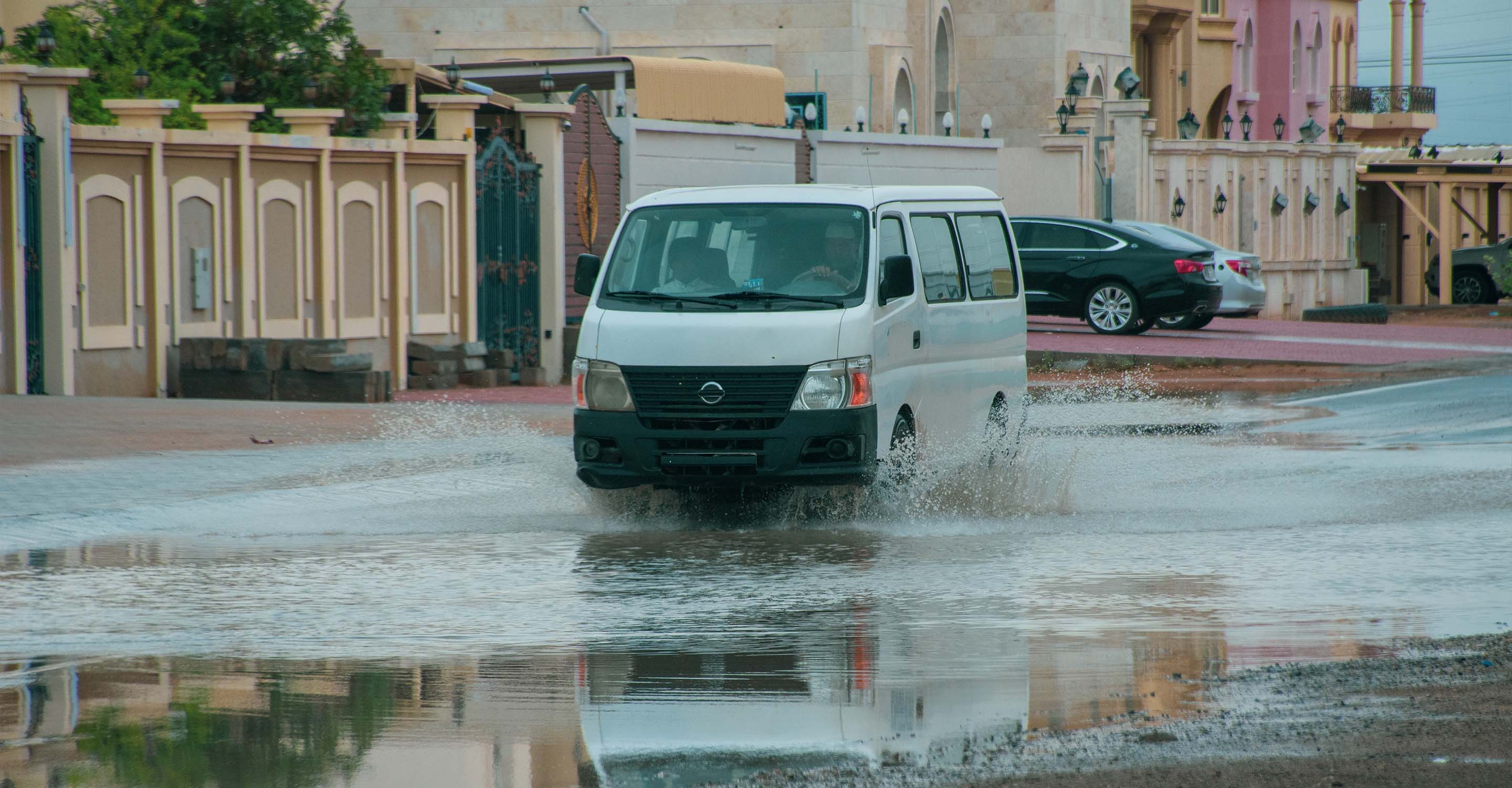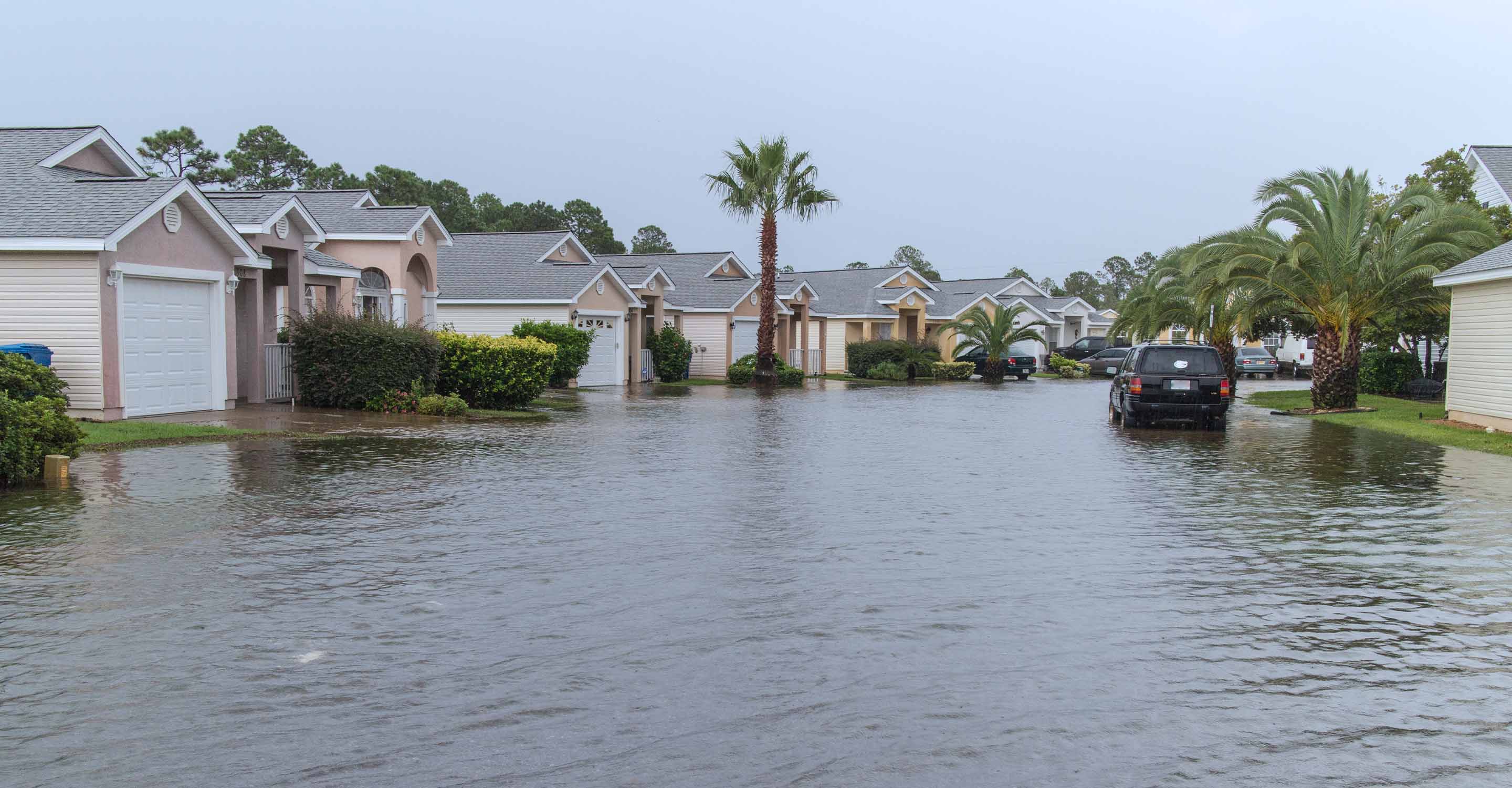Gdansk air quality map
Live air pollution map of Gdansk
7.8K people follow this city
Full screen
Contributors
7
Stations
7
Contributors category
5
Government
0
Non-profit organization
0
Educational
0
Corporate
2
Individual
0
Anonymous
Most polluted air quality stations
| # | station | US AQI |
|---|---|---|
| 1 | Gdansk - Kolonia Zreby | 33 |
| 2 | Gdańsk Matarnia | 33 |
| 3 | Gdańsk, ul. Leczkowa | 33 |
| 4 | Gdańsk - Śródmieście | 31 |
| 5 | Gdańsk - Nowy Port | 22 |
| 6 | Nadmorski Dwor | 21 |
| 7 | Gdańsk - Stogi | 16 |
Health Recommendations
| Enjoy outdoor activities | |
| Open your windows to bring clean, fresh air indoors GET A MONITOR |
community highlight
Gdansk most followed contributors
Become a contributor
Get an AirVisual Outdoor and contribute to collecting millions of data points for the Gdansk map to track local air pollution
Understand air pollution and protect yourself
Gdansk MAP AIR QUALITY ANALYSIS AND STATISTICS
What type of information can be seen on the air pollution map for Gdansk?
The air pollution map for Gdansk is found at the top of the main city page. Clicking anywhere on the map will cause a new page to open which is dedicated to all information about the current air quality.
The colour of the background of the map is possibly one of the first things that a viewer will notice. It is a direct reflection of the current air quality. At the start of the fourth quarter of 2022, the map was coloured green which would indicate “Good” air quality. Another noticeable thing will be the number of coloured circles that are seen across the map. These show the location of the ground-level air monitoring stations within the city environs. They use the same colour scheme as the rest of the site which is explained in more detail in the legend at the foot of the page.
They also display a number which is the United States Air Quality Index number or US AQI as it is often written. It is calculated by measuring the levels of Particulate Matter (PM2.5 and PM10), ozone, nitrogen dioxide, sulphur dioxide and carbon monoxide which are thought to be the six most commonly found pollutants in the city air. This number is then universally used when making comparisons between different cities. It is actively endorsed by the World Health Organisation (WHO).
According to figures published on the main city page, in October 2022, Gdansk was enjoying a period of “Good” quality air with a US AQI reading of just 12. The main pollutant was found to be PM2.5 with a recorded level of 3 µg/m³. This figure falls below the suggested target figure of 5 µg/m³ which is recommended by the WHO.
Just below the air pollution map for Gdansk is given the total number of contributors who supply the air quality data. There are currently four contributors who operate five stations. Three are from the government and the other is an individual.
What other important information is there on the air pollution map for Gdansk?
There is a lot more information to be had from the air pollution map for Gdansk, but the map needs to be viewed in full-screen mode otherwise some information will remain obscured.
Once viewed in this way, a drop-down box will be seen on the far left-hand side of the screen. This will offer four options which can all be turned on or off if each one needs to be carefully studied.
The first option shows the position of all the ground-level air monitoring stations in and around the city. If an area of the city is interesting to the user, then by selecting a disc in that area will open a new page containing all the information gathered by that particular station.
The second option shows the location of any fires which may be burning in the vicinity. Currently, there are no such icons appearing on the map.
The third choice is the most dramatic as it changes the background colour of the map to reflect the current air quality. It can be deactivated if the resulting colour is too overpowering and confusing. In this state, the map will revert to a more acceptable colour palette.
The fourth option shows the speed and direction of the prevailing winds which can be very useful if there are any fires burning as it could give an indication of where the smoke will blow.
More information can be seen on the right-hand side of the screen where a table is shown which ranks the world cities according to the level of air pollution. Some cities may come as a surprise as they are not usually thought of as being heavily polluted places.
Other information can be seen below the map where the stations are ranked according to their levels of pollution. Currently, the leading station is at Gdansk - Kolonia Zreby, displaying a US AQI reading of 17. This is still categorised as being “Good”, though.
More information is shown further down the page where all the stations are listed according to their popularity. The most popular one at the present is at Gdańsk - Nowy Port which boasts almost 9,000 followers.
Is the source of the air pollution shown on the air quality map for Gdansk?
The actual source or sources is not shown directly on the air pollution map for Gdansk, however, it is believed that the sources of air pollution are from the power industry, manufacturing industry, the municipal waste landfill in Szadółki, heating from individual coal furnaces which are often very old and out-dated and therefore inefficient, communication and the transportation sector.
Air pollution includes gases and aerosols which are solid and liquid particles that float in the air and affect the natural composition of the atmospheric air. The predominant gaseous air pollutants are nitrogen oxides, sulphur oxide, carbon monoxide and hydrocarbons, the so-called volatile organic compounds. Their presence in the air can have dramatic consequences. They affect not only soil and water, but most of all they threaten the health of humans, animals and plants. Gases get into our atmosphere mainly by burning fossil fuels, with the exception of volatile compounds that enter the atmosphere from natural sources.
PM2.5 is used as a benchmark on the air pollution map for Gdansk, but how dangerous is it?
PM2.5 are atmospheric aerosols with a diameter not greater than 2.5 microns. This type of suspended dust is considered to be the most dangerous for human health. All because the dust is very fine and, in this form, it can get directly into the bloodstream. It is this type of particulate matter that is responsible for exacerbating many existing chronic conditions. It makes asthma worse and decreases the function of the lungs. It can lead to inflammation of the blood vessels which then causes problems with circulation.
PM10 is also a particulate matter which, above all, has a negative effect on the respiratory system. It can be responsible for coughing attacks, wheezing and worsening of the condition of people with asthma or acute, bronchitis. PM10 also indirectly affects the rest of the body, including increasing the risk of a heart attack and stroke. Benzopyrene is also highly carcinogenic.
Gdansk air quality data attribution
7Contributors
 Agency of Regional Air Quality Monitoring
Agency of Regional Air Quality Monitoring5 stations
 Inspekcja Ochrony Środowiska
Inspekcja Ochrony Środowiska4 stations
 AIRPOMERANIA - Pomorskie Voivodeship
AIRPOMERANIA - Pomorskie Voivodeship5 stations
 CiteAir - Air Quality Now Europe
CiteAir - Air Quality Now Europe1 station
5 Government Contributors
- arstose
1 station
- IQAir Community Member
1 station
2 Individual Contributors
7 Data sources








